NRJ 1.5m DLG
£333.00 Original price was: £333.00.£98.99Current price is: £98.99.
- Easy, Fast Returns Guarantee
- Your needs, our top priority.
- Protect Your Wallet with Safe Payments
- Quality products for every lifestyle.

The NRJ F3K project benefits from Anton and Christophe’s vast experience of flying F3K events throughout Europe. Christophe started with careful observation about different model formulas and he has created a design that has realised the best overall DLG performance in currently available designs. Old DLG pilots have seen the impressive evolution in model weights, aspect ratios, speed range, launch height and of course manufacturing technologies. The NRJ (pronounced Energy) synthesises these improvements into a new state of the art model.
The NRJ flight style can be summarised as easy handling, excellent glide angle, good in slow speed situations, wide speed range, the ability to fly in wind without ballast due to keeping its energy so well. You can fly across large areas of sink and turbulences with improved stability, saving precious altitude. The combined structural optimisations (including one of the thinnest fuselages) and aerodynamic refinements result in a glider that uses the very minimum amount of energy, allowing longer flights more consistently from the launch and thermal energy available.
Aerodynamics
Christophe Bourdon’s analysis is that in thermal flight, and for discus launched gliders in particular, we don’t need so much camber on our airfoils. Camber consumes energy, wasting it in increased profile drag. As improving building technologies allow us to build lighter and lighter models it is logical to reduce the average airfoil camber and it is useful to morph the foils in other ways to tweak their shapes and lift-drag polars, especially at the wing tips with their critical lowest Reynolds number. Successfully achieving well attached flow at the tips has resulted in very forgiving handling qualities over the entire flight range, and especially very good slow flight and thermal climb capabilities.
The airfoil series has a thickness of 6.0% at the root down to 5.2% at the tips, with a good elliptic lift distribution, with no washout required. The airfoils were designed to keep the wing twisting moment (Cm) low and for it to change smoothly between speed and thermal flight conditions. This choice allows the glider’s speed to be changed easily without losing energy which is very useful in changeable flight conditions.
Easy To Fly With High Performance
Because the well designed wing has smooth transitions from high speed to high lift working points the glider handles very progressively and is easier to tune to the pilot’s preferences. Also the flying techniques for obtaining full performance can be learned quickly and easily, even by average fliers.
The generous 7 degree dihedral allows small RC inputs to be used when maintaining thermal turns, minimising control drag. The special wing tip shape was chosen to help make the model more recognizable and thus easier to fly in crowded thermals as often found in competitions.
The NRJ may surprise some pilots because the wing working points were implemented in a unique way. However once the pilot adjusts to this flying becomes very natural and more relaxing than most high performance DLGs.
Kit Description
The NRJ fuselage is very thin, to reduce weight and drag. However it conveniently incorporates a slip-on nosecone and a large opening for the RC. Instaling the radio gear is made even easier by the 3D printed servo mount. This is designed for KST X08 servos, though other servos can be fitted with a little extra work. The fuselage is carbon from the opening rearwards, but the very front is made from 2.4 Ghz friendly material so the receiver antennas can be safely installed internally. The rear of the fuselage has an underslung tail pylon ready molded in place. The fin and tailplane are extremely lightweight molded spread carbon jobs, and like the wing have an excellent surface finish.
The wings are beautifully molded with a thin airfoil, and large ailerons. Considering the light weigh it is very rigid and has a good finish. It is available in Light (CW40), Standard (CW40), and Strong (CW60) layups. A ballast set is available for extending the performance envelope of the glider. The Light layup should only be flown with a max of 40 g of ballast, the Standard up to 60 g, and the Strong can take the full 98 g load.
The NRJ kit includes these accessories: 3D printed servo mount for 4 KST A08 or X08 servos, throwing blade, all control horns, and pushrods, wire for tail torque springs, pull cord wire and crimps, wing and tail screws. See the NRJ Build Manual 2020 and the NRJ Build Instructions 2019 for build info. Also check out RCGroups NRJ thread for current build and flying info.
(C) 2019 Neil Stainton.
| NRJ DLG Specifications | ||
|---|---|---|
| Wing span | 1.5 m | 59 in |
| Wing area | 19.0 dm2 | 295 sq in |
| Length | 96 cm | 38.0 in |
| Standard layup flying weight from | 213 g | 7.5 oz |
| Wing loading | 11.2 g/dm2 | 3.7 oz/sq ft |
| Aspect ratio | 11.7 | |
| Wing airfoil | NRJ Series | |
| Dihedral angle | 7.0º | |
| Centre of Gravity | 64.5-66.5 mm from wing leading edge | |
| Controls | Rudder, elevator, ailerons | |
| NRJ DLG Standard Layup Typical Weights | ||
|---|---|---|
| Fuselage | 38.0 g | 1.34 oz |
| Wing (standard) | 97.0 g | 3.42 oz |
| Fin | 5.4 g | 0.19 oz |
| Tailplane | 4.7 g | 0.17 oz |
| Accessories | 12.0 g | 0.42 oz |
| Total structure | 157.1 g | 5.54 oz |
| Glue; mounts etc | 2.0 g | 0.07 oz |
| Receiver | 5.0 g | 0.18 oz |
| Tail servos | 17.0 g | 0.60 oz |
| Wing servos | 17.0 g | 0.60 oz |
| Battery | 15.0 g | 0.53 oz |
| Flying weight from | 213 g | 7.5 oz |
We intend to stock the NRJ with these wing layup options. The lighter wing layups come with lighter fins and tailplanes.
| NRJ Wing Approx Weights | |
|---|---|
| Light | 84g – 90g |
| Standard | 94g – 100g |
| Strong | 109g – 115g |
| Recommended RC | |
|---|---|
| All servos | KST A08, KST X08, MKS HV70, MKS DS65K, MKS DS75K, MKS HV75K, MKS HS75H |
| Receiver (max size approx 60mm x 25mm x 12mm) | 4/5 channel rx to match your transmitter, eg FrSky X4R, Spectrum AR6610T, Lemon LM0034, Futaba 6008HS*, Futaba R6106HFC *case removed |
| Power | Tatu 1S 350 mAh, HyperLiPo 2S 300 mAh LiPo, Radient 1S 600 mAh |
| NRJ Control Throws & Mixes | |
|---|---|
| Rudder | 12 mm each way |
| Elevator | 8 mm up / 8 mm down |
| Ailerons | 13 mm up / 19 mm down |
| Recommended snap-flap (elevator->camber) mix. | |
| Full up elevator | 5 mm down aileron |
| Full down elevator | 3 mm up aileron |
| Recommended Flight Mode Aileron Settings | |
| Launch preset | 1 mm up aileron & 2.5 mm up elevator |
| Speed | 1.5 mm up aileron |
| Cruise | 0 mm aileron |
| Slow cruise | 2 mm down aileron |
| Thermal | 6 mm down aileron |
| Landing mode | as much down aileron as possible |
Be the first to review “NRJ 1.5m DLG” Cancel reply
Related products
F3-RES Thermal Gliders
Electric F5J Gliders
DLG F3K Hand Launch Gliders
Pylon Racers
RC Models
Electric F5J Gliders
Electric F5J Gliders
Electric F5J Gliders

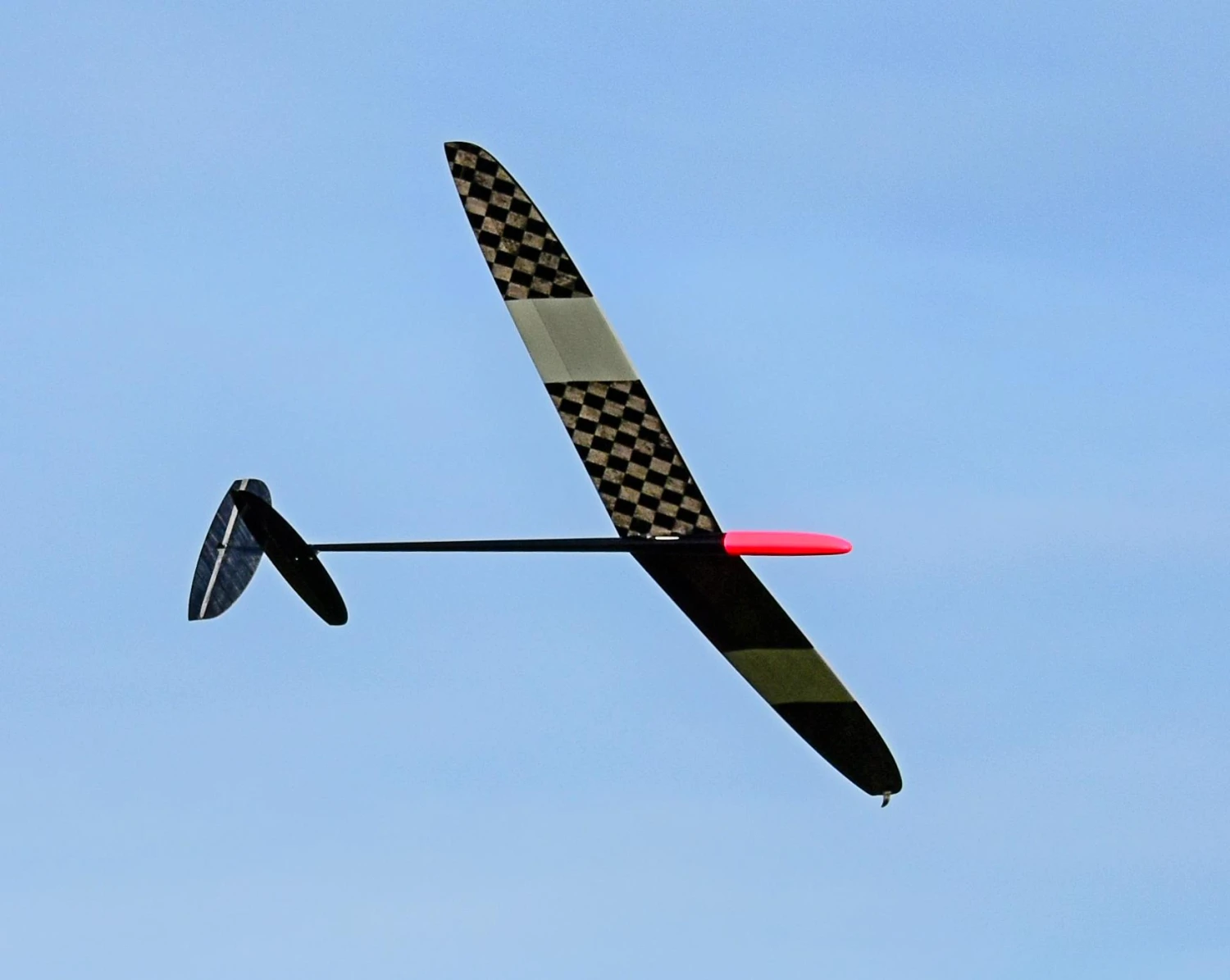

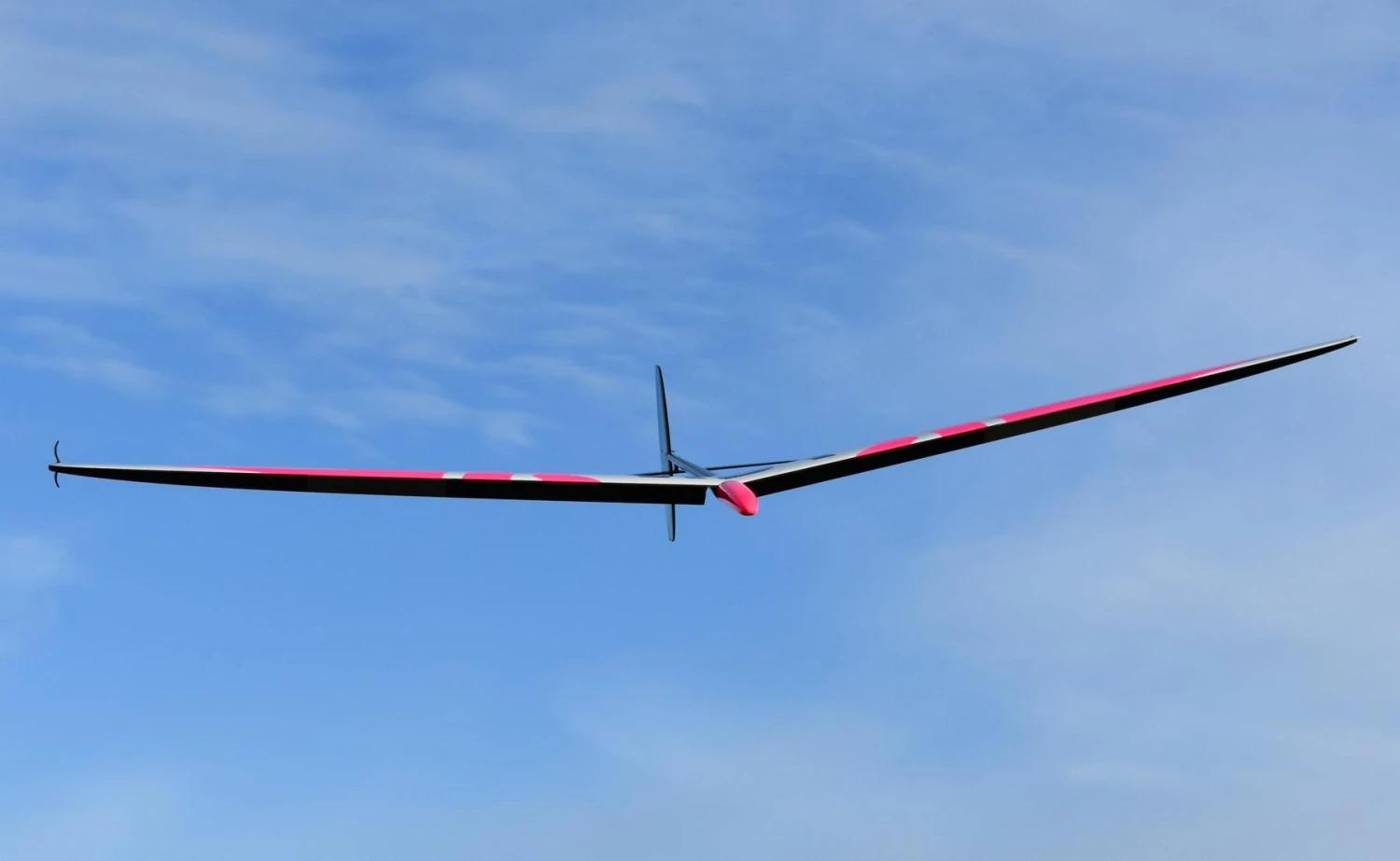

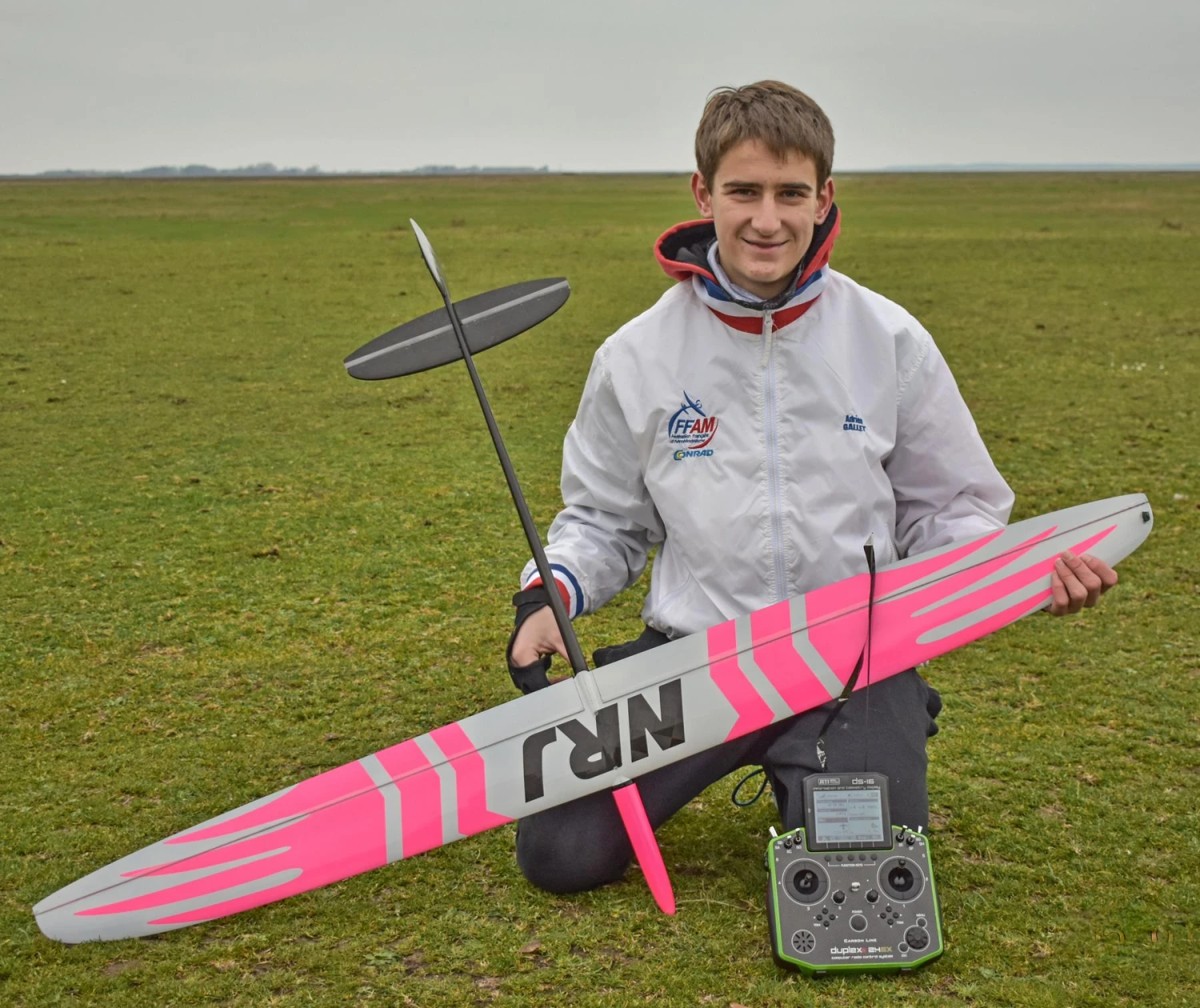
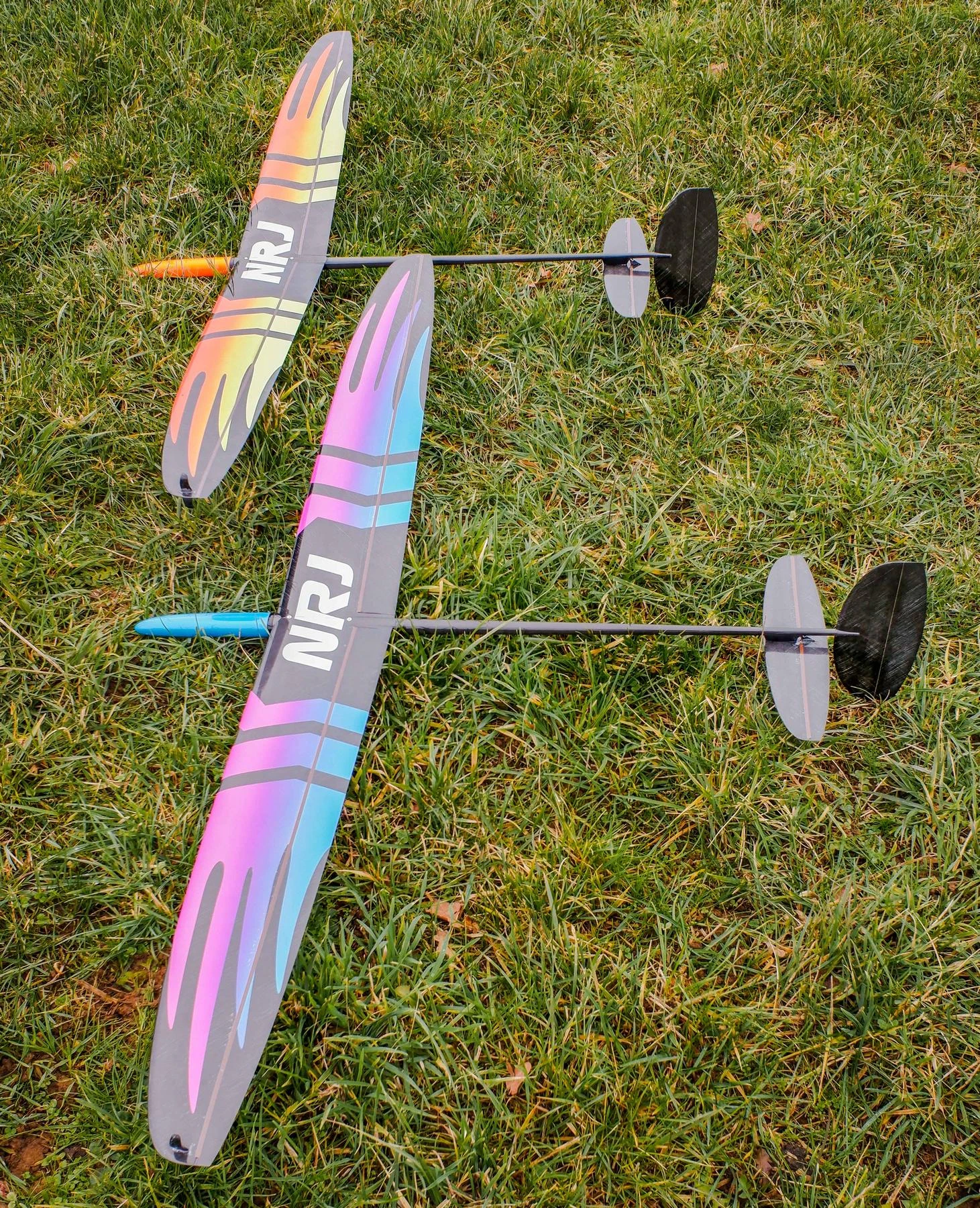
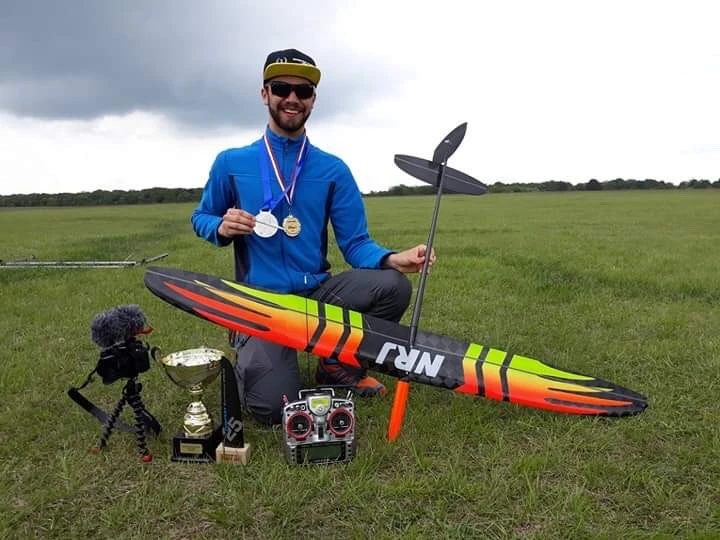

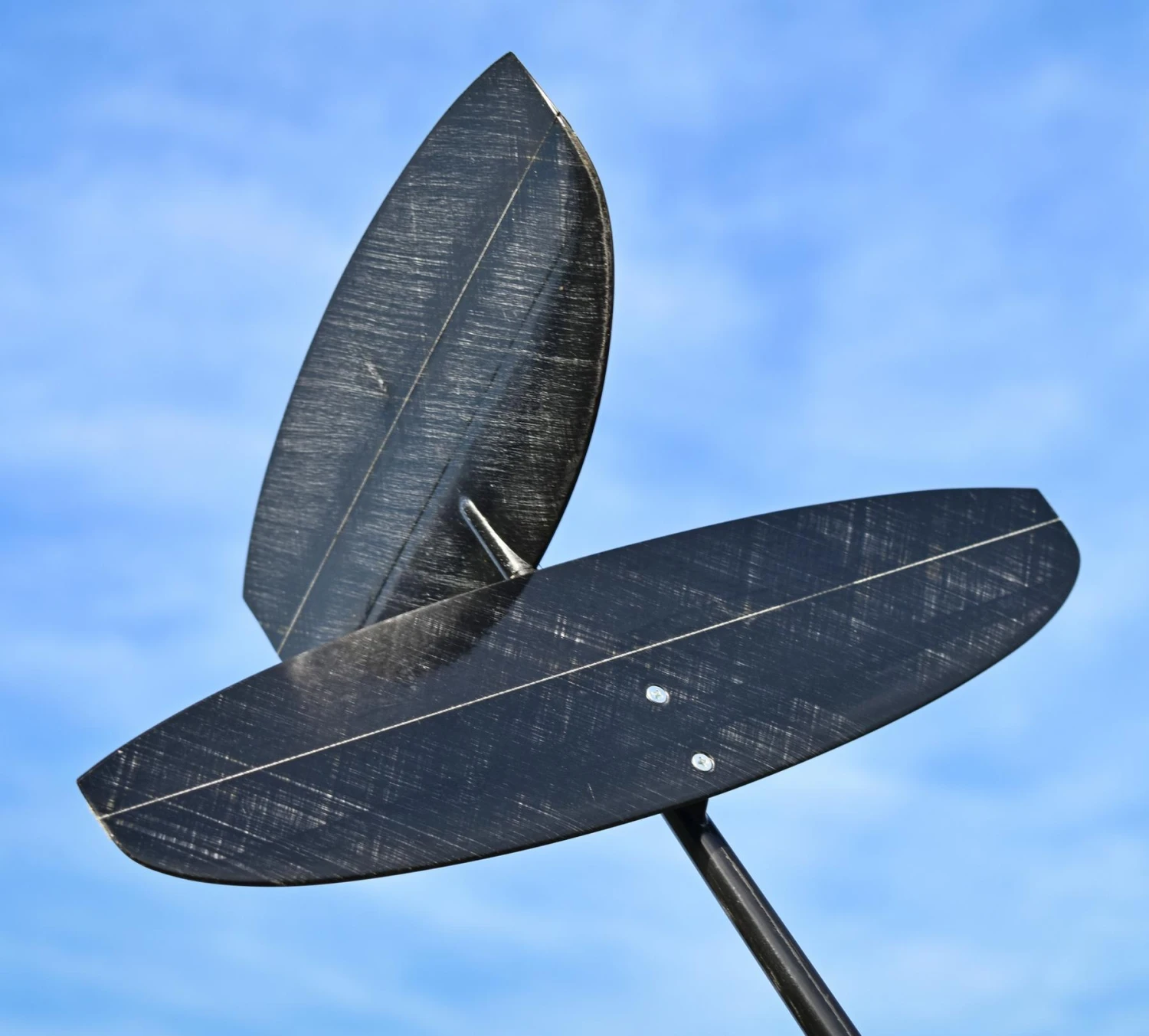



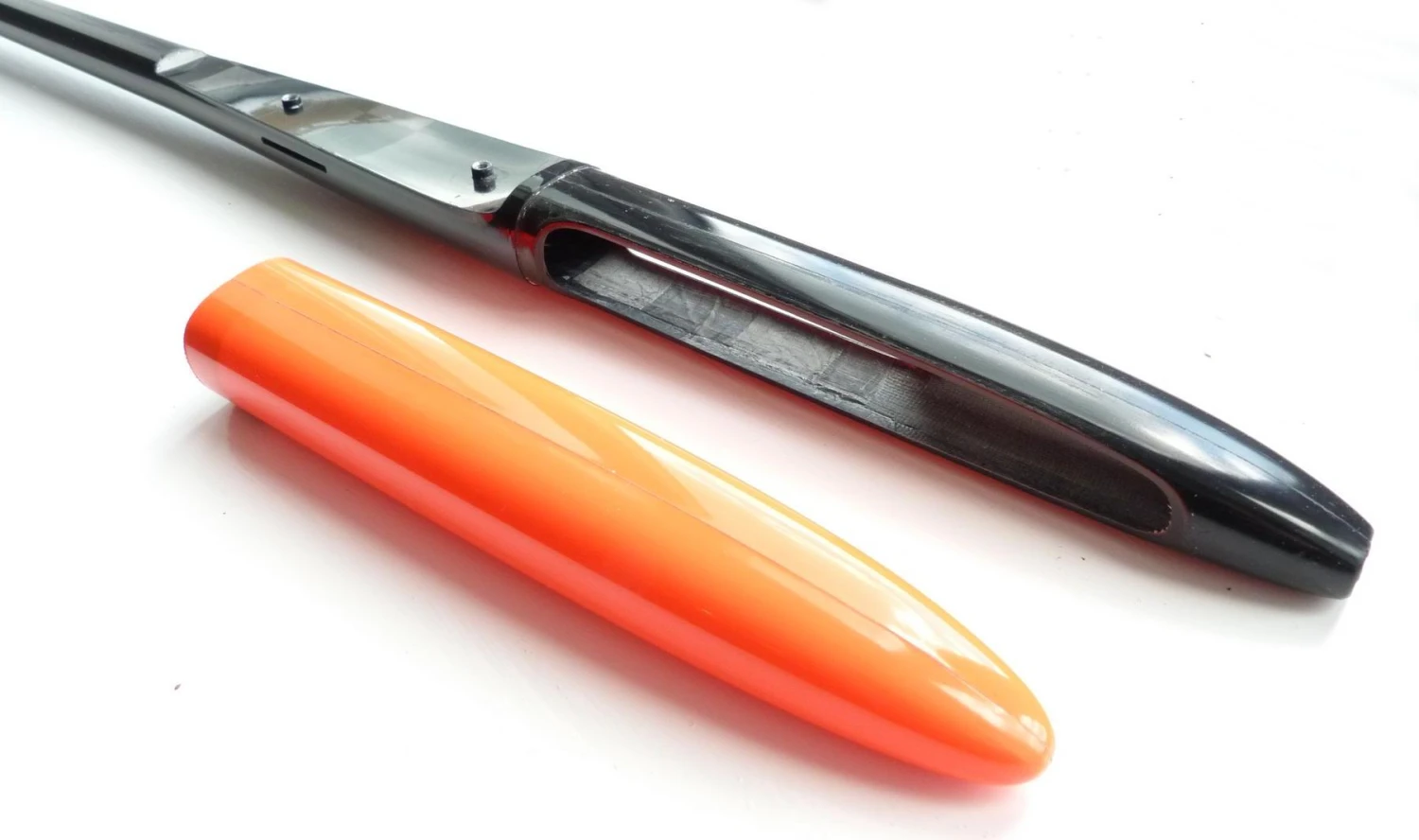

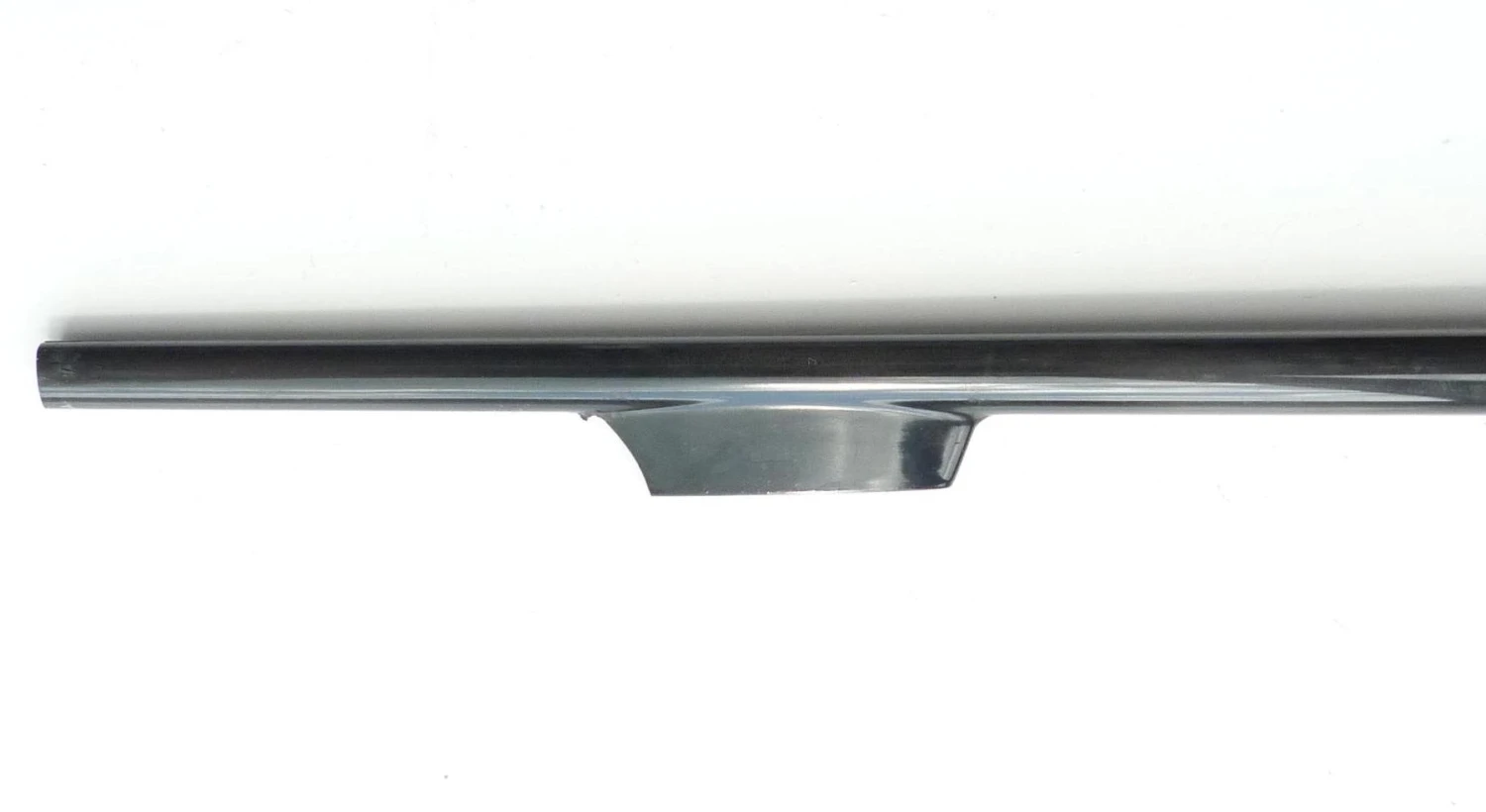

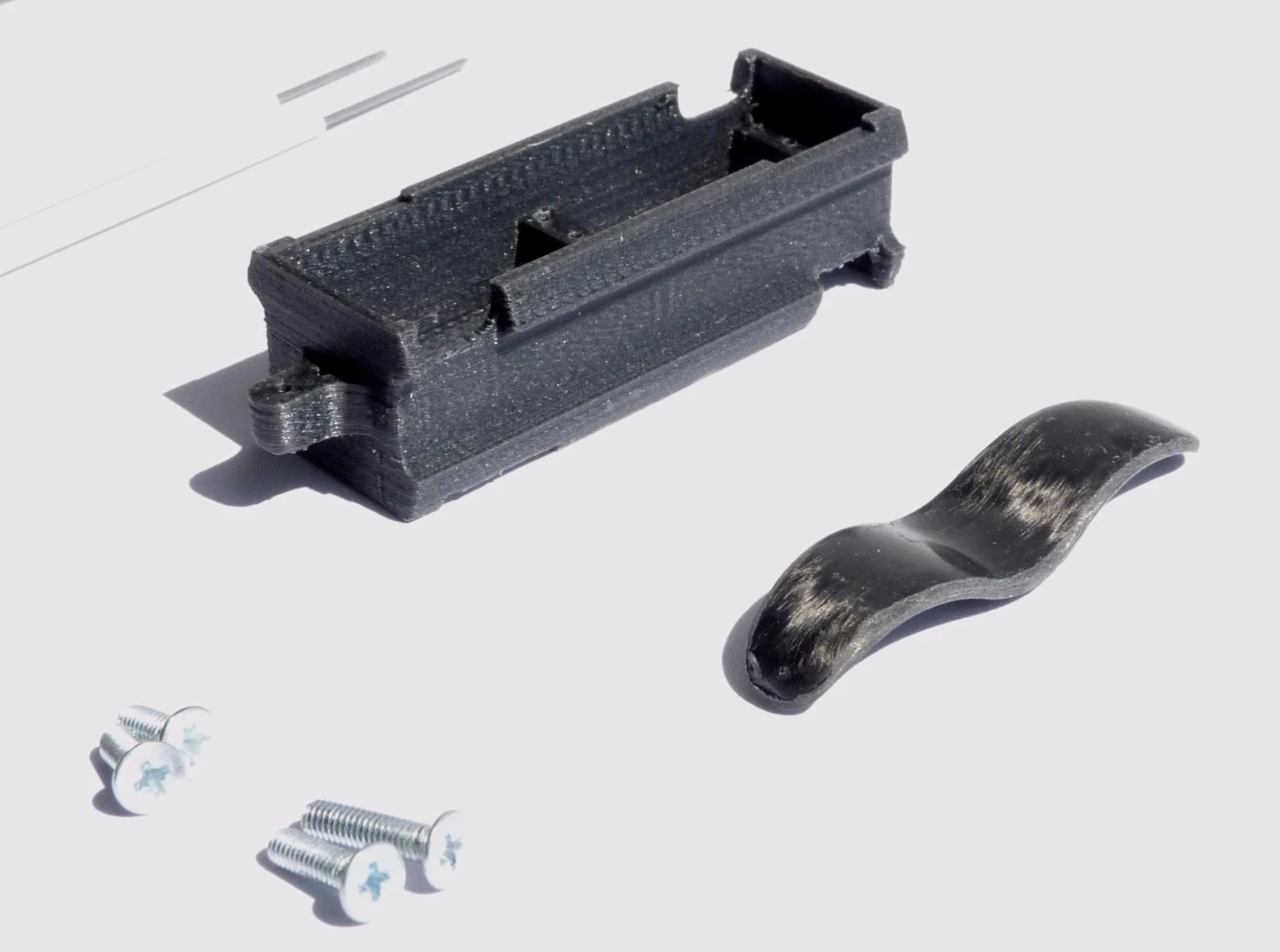

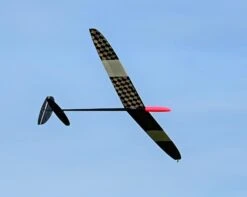

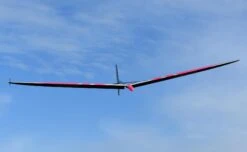

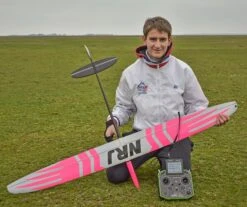
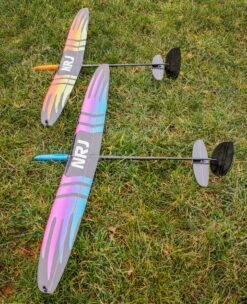
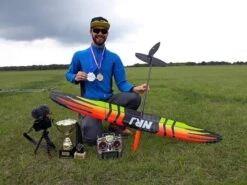

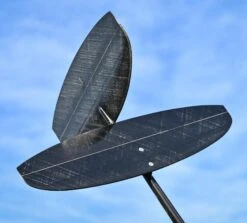
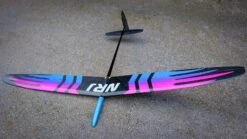
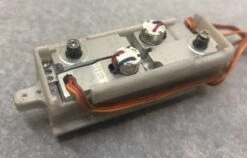

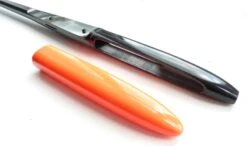
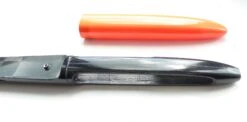

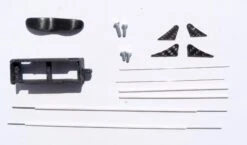

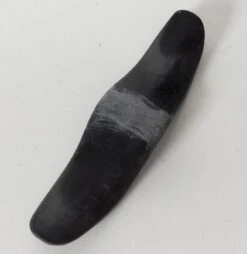
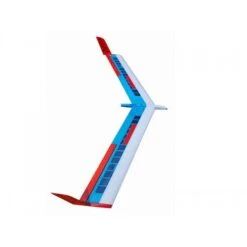

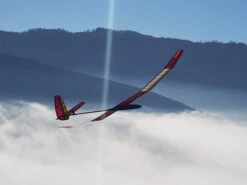

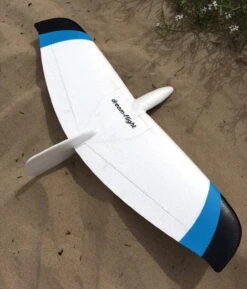
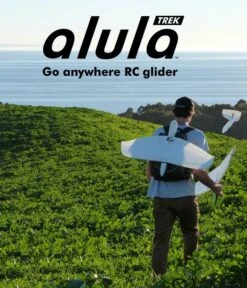
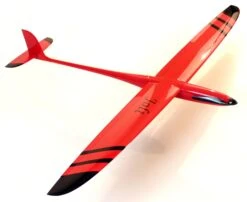
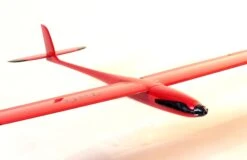

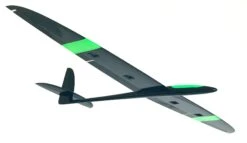

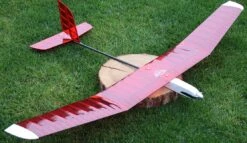
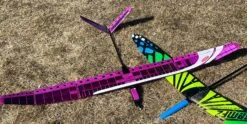



Reviews
There are no reviews yet.